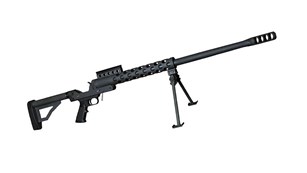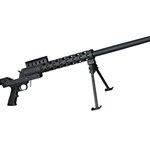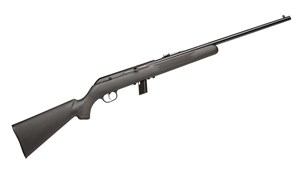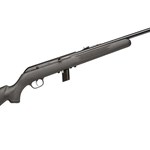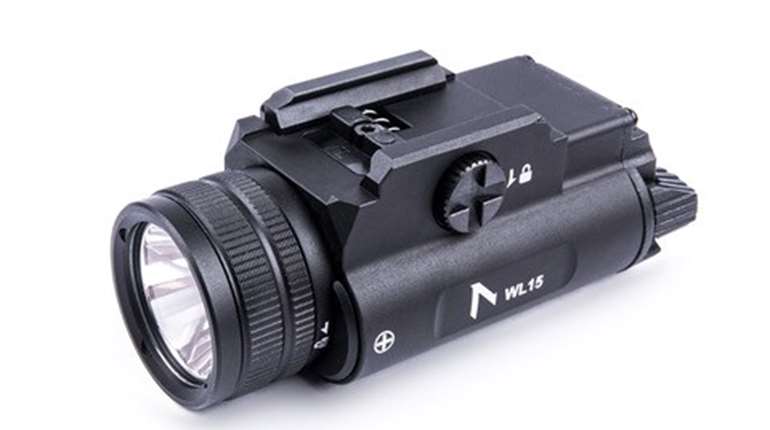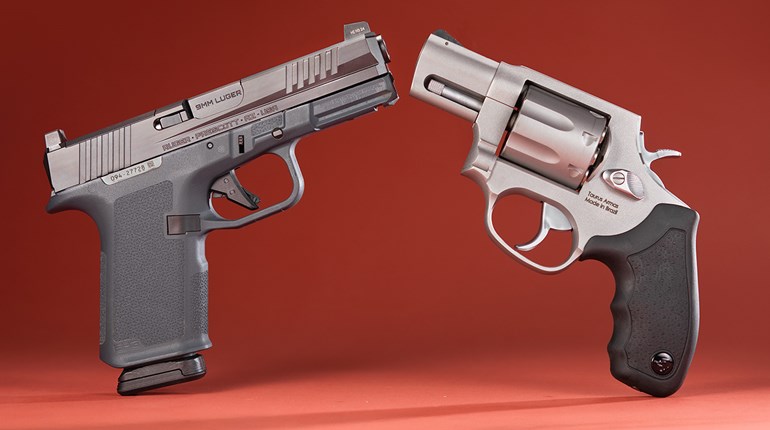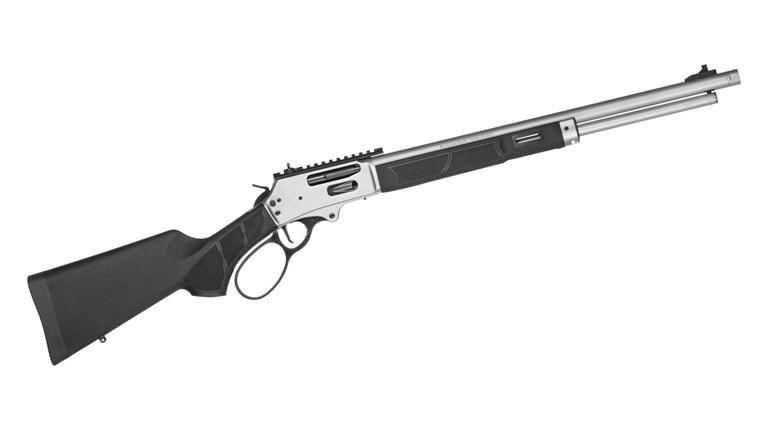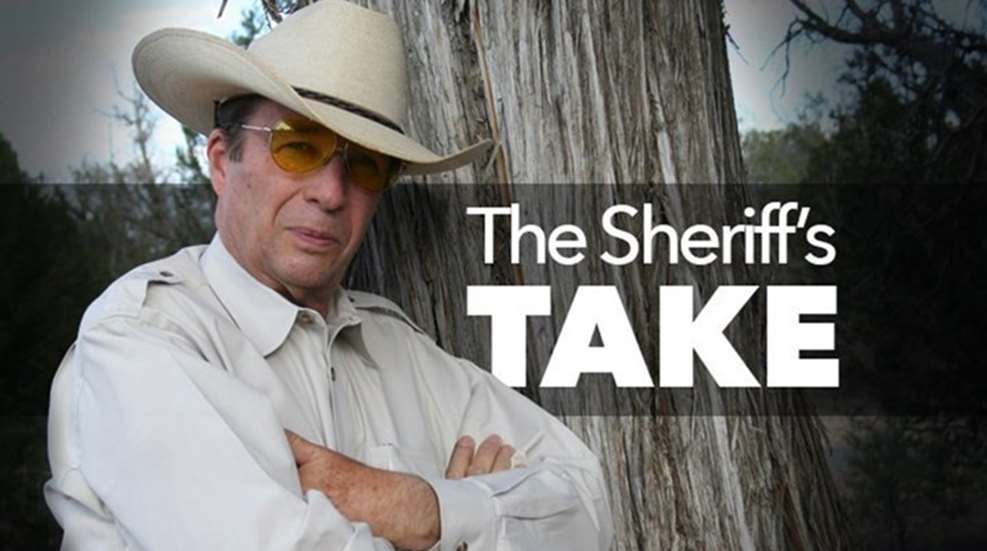
So, you have just completed a week-long, introductory, defensive-pistol class. What you have learned, if you applied yourself, are the basics of defensive-pistol shooting. You’ve been exposed to proper marksmanship, pistol presentation, reloading techniques and malfunction clearances. But, you can only do so much on the standard square range among a group of other students. In truth, your defensive education is just beginning. When you get home, you should certainly practice the techniques that you have been taught, but you should also be considering ways to deal with a criminal threat in the real world.
For example, in that square-range class you probably did very little work from a sitting position. And yet, think about the time that you spend every day, sitting in your car, at your desk or in your easy chair. Does your particular carry position allow you to draw and engage targets without getting up? It should. Imagine a threat approaching from the rear of your car, on the driver’s side, but not coming all the way up to the driver’s window. He can shoot you. Could you hit him if you had to?
One also might consider how to get the gun into action while lying flat on your back. Getting knocked down early in a criminal attack is not beyond the realm of belief. Do you carry in such a way that you can get your gun into action while you are down?
Another issue to consider is that crooks don’t always approach you from the front and stand squared away like that silhouette target was located. They may make their attack from one side, or the other, or from directly behind you. It would be a really good idea to work out a way to turn and address the threat without getting your feet tangled up. And, believe me, this is something that one has to practice in order to respond quickly and effectively.
Many of these techniques designed to address a surprise threat are best worked out and practiced during a dry practice session. It is certainly safer, and you don’t really need a loaded gun to practice the turning and other physical movements that allow you to address a threat.
Another practice session might involve shooting under low-light conditions with, and without, a flashlight. Yes, I know that defensive lights are mighty handy to have. But do you always carry one? Is getting a light out, along with drawing your gun, a regular part of your practice? And what do you do if the batteries have failed?
So in addition to practicing what was taught at that good school you just attended, it is also a good idea to spend a little time and think of the realistic, worst-case scenarios you might encounter and practice ways of dealing with them.




